QuestionYour comment about dead grass seems really on target. The 60 acres of grass is not watered. So the top browns out quickly. Also they don't bag the grass when they cut, so there has to be lots of dead grass and thatch. So, could some of the color be coming from the micro-organisms that is encouraged by dead grass? If so, would I need barley or some other treatment in addition to charcoal?
You also figured me out on why I let the water in in the first place. I wanted to use a natural source that was already there, and wanted it to feed a waterfall at the low end so I wouldn't have to use a pump. But if I had known about the color problem, I would never do it again.
-------------------------------------------
The text above is a follow-up to ...
-----Question-----
Many thanks.
I will try the charcoal. How many pounds should I use for a 2,000 gallon pond? Can the charcoal be cleaned and reused?
No, there are not many leaves. At least I don't think so. The water shed is about 60 acres of mowed grass playing fields and about 4 acres of woods. Of course there are lots of leaves in the woods, but since the woods are such a small portion of the water shed is it that important? Also, leaves and small branches could be collecting in the bottom of the storm retention pond. It is usually dry, but that doesn't mean the leaves can't collect there.
Do you think that something in the grass causes this? The water is not cloudy, so I know that I'm not getting a lot of dirt. If not, then it has to be the leaves and branches.
I wish had known about the idea to trench around the pond before I built it. I guess I could still add the trench.
I shouldn't have a problem with upstream pesticides and fertilizers as the land is owned by the county and they have placed special protections on the streams in my area and they can't sell the land to anyone else. But anything can happen. So I'll be on the watch.
-------------------------------------------
The text above is a follow-up to ...
-----Question-----
What can I do?
After a rain, the water in my 2,000 gallon pond turns to the color of strong tea, sometimes black coffee. Sometimes when its hot, it can get even darker and looks like melted dark chocolate. The pond gets water from two main sources: a near by spring which provides crystal clear water, and a small wet weather stream. The stream usually doesn't run much at all, but can rage a bit from a heavy rain storm. All the rain water comes from a set of school soccer fields. The soccer fields are the highest elevation and are the only source collecting the rain water. The fields are not fertilized or treated with pesticides or other chemicals. The water runs from the fields into a storm water retention pond before traveling about 200 feet into my pond. (The retention pond is almost always dry.) The stream between the retention pond and my pond is very rocky and allows little or no sediment to be churned up. The water is not cloudy - it looks like tea.
A bit more about the pond...A pump circulates the water at least once every hour and the water passes through a massive filter. The filter seems to have no affect on water color, but it can suspended particles out of the water. the pond is generally 2 and 1/2 feet deep and it the sides and bottom are covered with rock.
The color of the water is only corrected when the the stream flow becomes very minimal. Then, the spring, which produces about 150 gallons of water an hour, can eventually replace all the tea colored water.
The pond is in Northern Virginia in the Piedmont area near Maryland and West Virginia. Oh, one final note - the discoloration is not nearly as pronounced in the winter and early spring.
-----Answer-----
Tea-colored water is normally from tannins and lignins from leaves and branches. Cloudy brown water is from dirt. I suspect that some dirt is running into your pond but also the leaves and branches and things that are laying around may be adding the tea-colored water to your pond. It's not a good idea to have downspouts or runoff go into a pond. What if the people who own the soccer fields decide to spray fertilizer or herbicides one day? To remove lignins and tannins from the water, fill a mesh bag with activated carbon and put that into your filter. Are there are a lot of leaves in the area from which water is running off?
I just wrote a page dealing with some of these issues (more on dirt going into the pond) at http://www.fishpondinfo.com/ponds/pcare2.htm
The page is actually a work in progress.
I hope the carbon helps!
Robyn
-----Answer-----
I have an 1800 gallon pond myself. I would put in a full big container of carbon if there were a lot to remove, a smaller container if it weren't too bad. The big container I get is 4.25 pounds. I get this one:
http://www.thatpetplace.com/Products/KW/diamond,carbon/Class//T1/F24BA 0221 0217/EDP/17076/Itemdy00.aspx
It's much too involved to reuse the carbon. You'd have to soak it in certain chemicals and bake it and stuff. Nobody does that. I would just change it.
Certainly even if only part of the watershed is woods, there may be some contribution from leaves and sticks. Dead grass does also leach varies things that can certainly discolor your water. A lot of dead grass will turn water brownish and promote the growth of microrganisms that may turn the water colors.
You could still dig the trench at the high end of your pond to re-route the water around your pond. It might overflow during really heavy downpours but should help. I had just assumed that you wanted the overflow to go into your pond to add water.
My mother walks to our local "park" often. They cut down the trees and put in lots of playing fields. They left a few areas to grow wildflowers and such. My mother talked to the county, and they said they never spray. Well, of course, one day my mother found all the wildflowers turned brown, killing countless plants and insects. When she called, they said they "had to" do it because there were a few thistles in there, native thistles mind you. But, many people have a great prejudice against some plants even though they have their purpose. My point is, though they may not have sprayed anything, that certainly doesn't mean that they can't. If some parent complains about say poison ivy, they probably would spray herbicide. There are some fertilizers, herbicides, etc. that would be legally perfectly fine to have discharged into a stream watershed but that, if ending up in your pond, may result in algae blooms and/or animal deaths. You would have no warning unless you saw them spraying. I hope they indeed don't spray anything at all.
Good luck!
AnswerBarley straw is dead grass! When that kind of grass rots, it releases hydrogen peroxide which kills algae. Adding barley straw would only encourage more microorganisms. I think most of the discoloration would be from the dead grass itself and not microrganisms. I kind of misspoke there. They would more likely make the water hazy and not clear but colored. The carbon should remove a lot of the color as would water changes. To prevent this in the future, you'd have to build a catch system to run the water around the high end of the pond like we discussed.
I hope things work out!

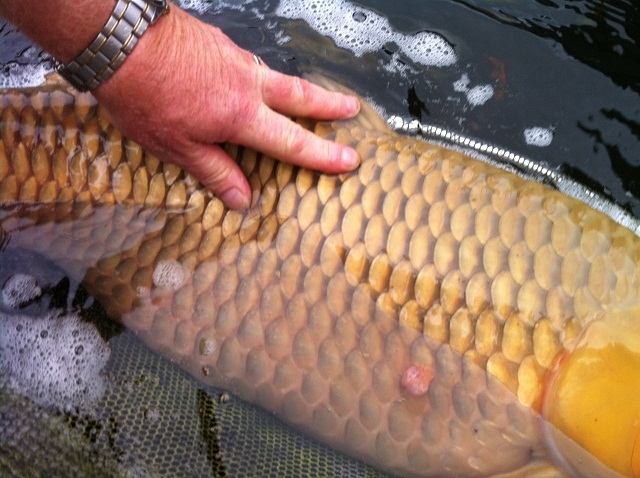 koi health
Question
koi
hi one of my large chargoi has a la
koi health
Question
koi
hi one of my large chargoi has a la
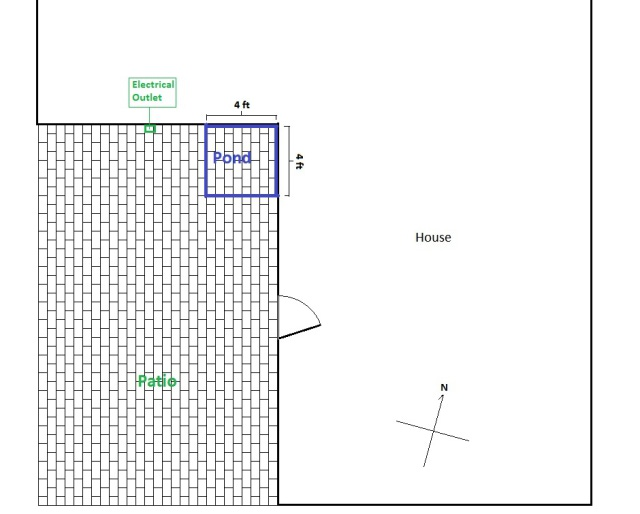 Help with building patio pond.
Question
diagram
I live near St. Louis, Missouri
Help with building patio pond.
Question
diagram
I live near St. Louis, Missouri
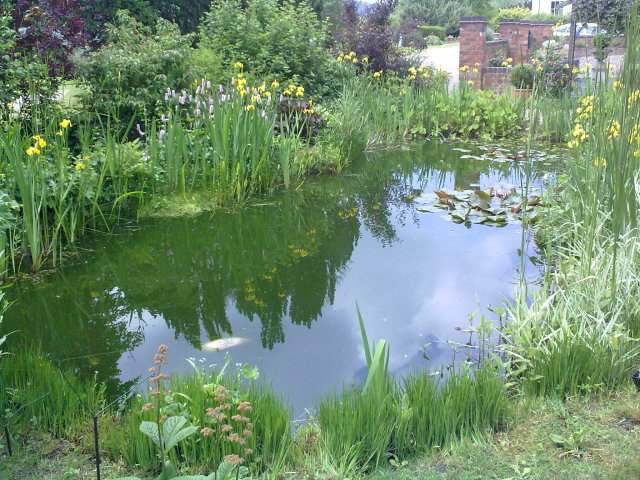 Pond not getting enough air
Question
Pond
Hi,
Ive just had two fish in my pond die
Pond not getting enough air
Question
Pond
Hi,
Ive just had two fish in my pond die
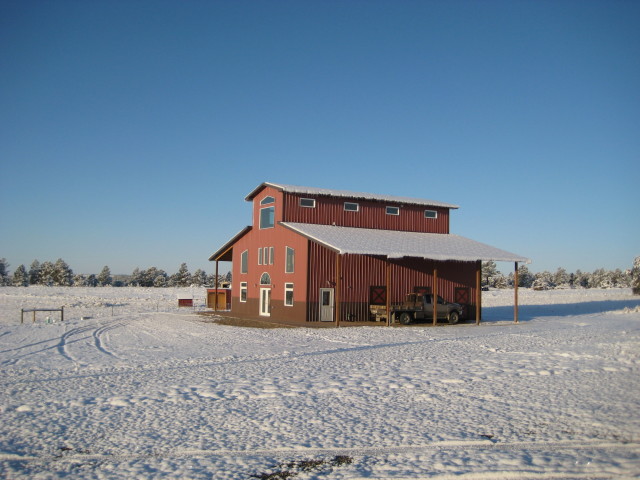 pH problems
QuestionQUESTION: Thank you for offering this service.
pH problems
QuestionQUESTION: Thank you for offering this service.
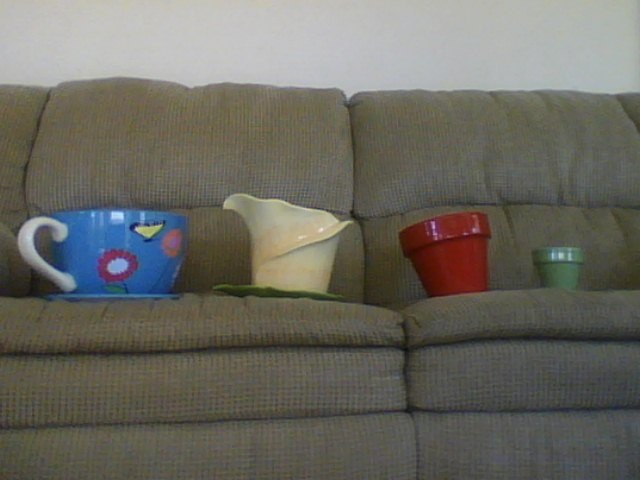 Building a water feature
Question
4 Pots
My mom bought 4 flower pots and
Building a water feature
Question
4 Pots
My mom bought 4 flower pots and